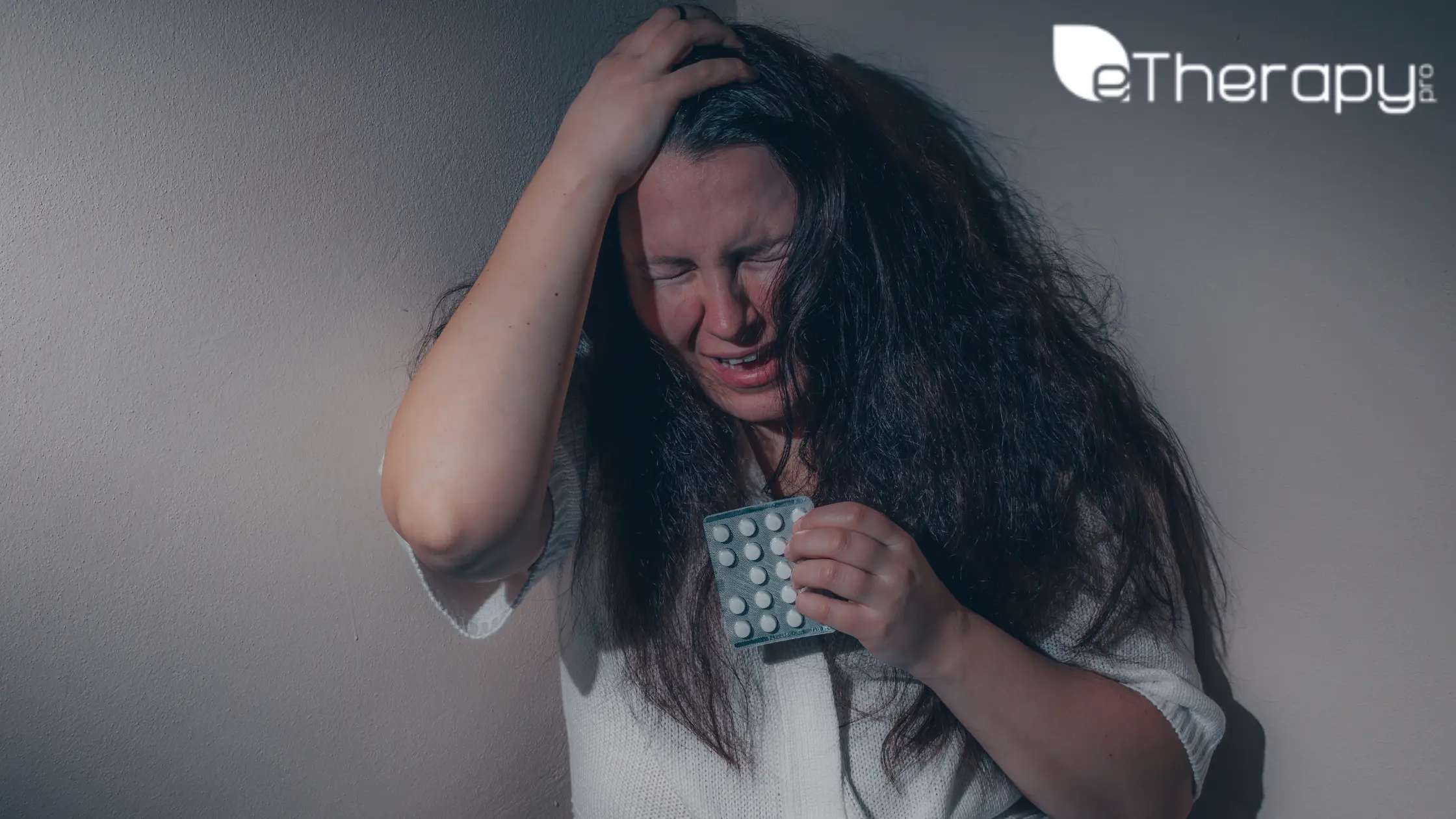
Common Types of Anxiety Disorder:
There are still some different categories for anxiety disorders, even though they change depending on individual differences in the profiles of biological and experience kinds. Common types include phobias, obsessive-compulsive disorder, panic disorder, social anxiety disorder, post-traumatic stress disorder, panic disorder, and generalized anxiety disorder.
Social Anxiety Disorder
Social phobia, more than shyness, is an intense fear of being watched and judged. This is uncomfortable in social settings. The fear causes significant distress or impairment in social, occupational, or other important areas of functioning, including work, school, and relationships. A support group is crucial when working through anxiety disorders.
Types of Anxiety Disorder: PTSD
PTSD is often referred to as a condition that afflicts veterans. However, this condition affects anyone who has experienced traumatic events. Such events may include violent crimes, accidents, or witnessing any of the above actions. The fight, flight, or freeze response by the brain is very effective in the moment but sometimes hangs on, causing the person to re-experience the moment of trauma. This may cause an individual to live in fear and overwhelming responses by the body and mind to memories of the traumatic event.
Types of Anxiety Disorder: Panic Disorder
People suffering from panic disorder are usually induced by various stimuli to experience panic attacks. The stimuli that people fear because they might cause harm include heights, crowds, and public speaking. Panic attacks involve major physical feelings such as rapid heart, perspiration, and shortness of breath. Such sensations are momentary, but the anxiety of subsequent attacks compels one to avoid triggering situations.
Types of Anxiety Disorder: Phobias
A phobia is an irrational fear not in proportion to the threat. They can vary from mild aversions to debilitating fears. Some types of anxiety disorders include phobias, and they can be treated with exposure therapy, CBT, and counseling.
Hoarding Disorder
This type of disorder is more than the inability to get rid of objects- it is a mental illness that makes individuals unable to let go of possessions, even if they are hazardous. Hoarding is typically associated with a severe fear of giving up possessions and may be coupled with social withdrawal. Professional help with healthier management skills and emotional needs must be included in any treatment attempt related to hoarding rather than merely cleaning up the environment.
Generalized Anxiety Disorder (GAD)
There are other situations wherein GAD is diagnosed once the symptoms are seen as not applying to any other categories. One may experience panic attacks, social problems, problems of physical manifestation, or extreme emotional reactions in people with GAD. This helps manage GAD by understanding and correcting negative thought patterns and behaviors.


